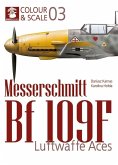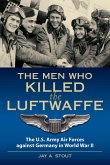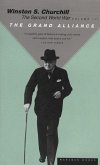When it came to daring raids, Germany's airborne troops had a secret weapon during the Second World War: the DFS 230 combat and assault glider. Successful German attacks at Eben Emael, Corinth, Crete and Gran Sasso are synonymous with the type - which could carry nine fully-equipped troops, dive towards its target at an angle of 80 degrees and land within 20m of it. It was also frequently used for freight and could quietly deliver up to 1,200kg of cargo, even into areas considered too difficult and hazardous for successful supply drops by conventional means. For particularly difficult landing areas, it could optionally be fitted with up to three machine guns. Designed during the mid-1930s, the DFS 230 entered service in 1939 and was operated throughout the war in every theatre where German forces were involved in the fighting. A DFS 230 was probably the last aircraft type to put down in the inferno of Hitler's encircled capital city just days prior to the dictator's suicide on April 30, 1945. The type could be towed into the air by almost any powered combat aircraft - from an He 111 bomber to a Bf 109 fighter - dropping its wheeled landing gear on take-off and touching down on a skid. More than 1,600 DFS 230s were built from 1939 to 1943 and up to a dozen are thought to survive today. In Eagles of the Luftwaffe: DFS 230, Luftwaffe historian Neil Page, author of the two-part Luftwaffe Fighters series from Tempest Books, explores and explains both the type's development and its service history.
Hinweis: Dieser Artikel kann nur an eine deutsche Lieferadresse ausgeliefert werden.
Hinweis: Dieser Artikel kann nur an eine deutsche Lieferadresse ausgeliefert werden.








